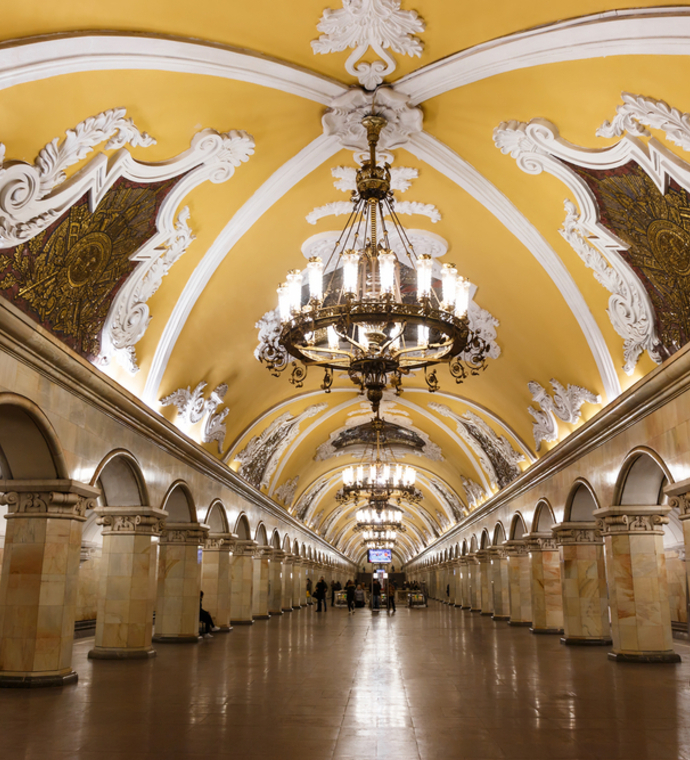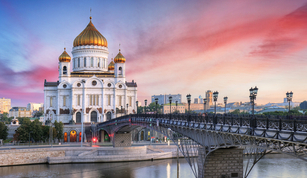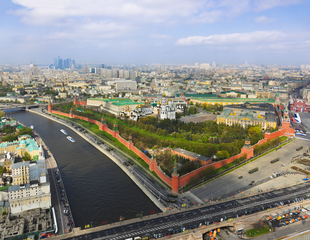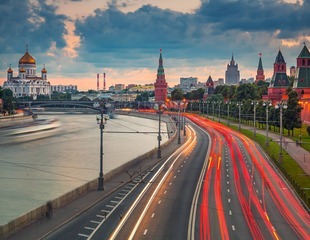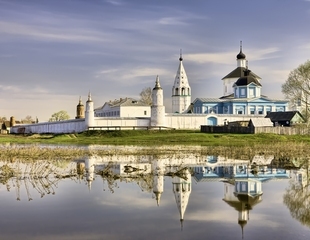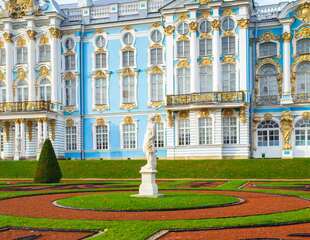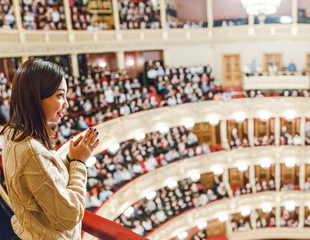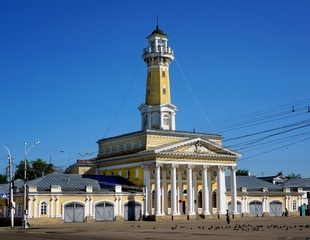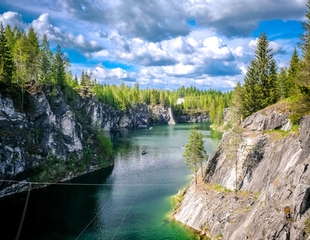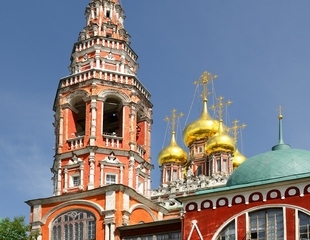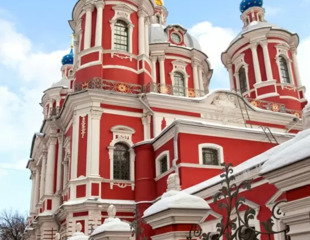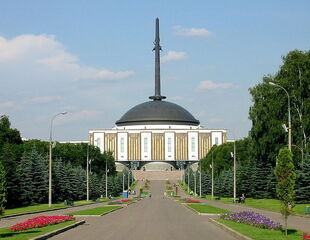The Moscow Metro is a rapid transit system serving Moscow and the neighboring Moscow Region towns of Krasnogorsk and Reutov. This is the second in intensity metro system in the world after the Tokyo subway. The system consists of 12 lines with a total length of 298.8 km (double-track basis), on which there are 182 stations. The first line was opened on May 15, 1935, and ran from the station «Sokolniki» to the station «Park Kultury,» with a branch to the station «Smolenskaya.» The Moscow Metro was initially named after L. Kaganovich. In 1955, Metro was named after V. Lenin. Almost from the first years of the Moscow metro, it was intended as civil defense. In April 1941, it was declared that the Metro was to be used as the mas bomb shelter.
During World War II, thousands of Muscovites were hiding there from airstrikes. The Moscow Metro is known for the rich decoration work of many stations with samples of art of socialist realism. Moscow metro stations are also called «underground palaces of Moscow.» They differ by magnificent palace halls. The underground complexes are decorated with statues and reliefs, monumental and decorative compositions: paintings, mosaics, and stained glasses, created by the leading artists of the country. Stations «Pushkinskaya,» «Revolution Square» with 76 bronze sculptures by M. Manizer, «Kropotkinskaya,» «Komsomolskaya-Koltsevaya» with mosaics by P. Korin, «Novoslobodskaya» and others belong to the most interesting monuments of architecture of 1930-the 1950s. Some of them are officially protected by the government.

